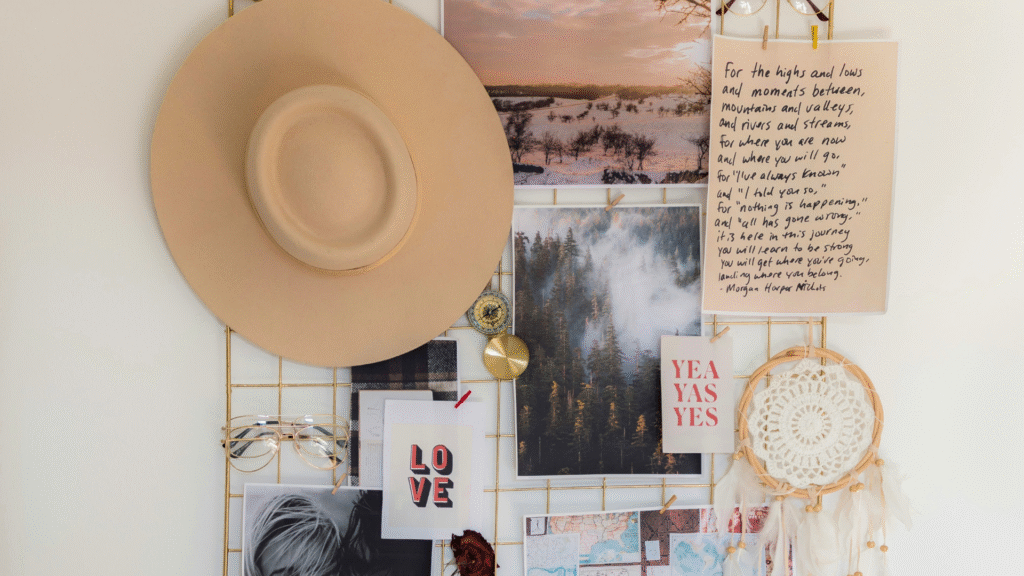
This post explores whether vision boards actually work.
Have you ever made a vision board, and if so, has it worked for you?
For those who’ve made one before but saw little to no success, there may be a reason for this — at least according to psychology.
Don’t worry, in this post we’re breaking it all down — what a vision board is, what it can really do for you, and whether it’s even worth your time.
What Does a Vision Board Do?
A vision board is a visualization tool used for goal setting. It’s a collage of visuals like images, drawings, or words that represent the things you want to see manifest in your life.
These can be ambitions, desires, and/or meaningful experiences.
Its main purpose is to help you get clear on your objectives and display them either physically on a board or poster, or digitally in a way that resonates with you.
Placing the board in your line of sight where you can view it regularly helps reinforce your goals, keeping you motivated and focused on the outcomes you want to achieve.
Do Vision Boards Work?
Many people credit vision boards as the reason for their success whether in their professional or private lives. But this is more anecdotal. Let’s take a look at what the science says.
What Science Says
According to research, there may be quite a few benefits to creating a vision board. Check out the findings below:
Boost Confidence
Some studies suggest vision boards encourage self-expression and help boost confidence.
For example, a 2019 study with middle school students found that participants gained more faith in their ability to accomplish the tasks needed to reach their goals.
The vision boards also helped them clarify their objectives and better recognize their strengths, interests, and core values.
In another study at TDB Bank, researchers found that 20% of the successful entrepreneurs they surveyed actually use a vision board.
Of those, 76% said the progress they’d made matched what they had on their board.
The study also showed that 86% of small businesses using vision boards felt they had already achieved more than half of their goals since getting started.
Overall, these participants were twice as confident in their ability to achieve their goals compared to those without a vision board.
Enhance Goal Setting
Vision boards can also improve goal setting, which is an important skill for overall achievement.
They help you define your desires and display them visually, turning your goals into something tangible you can see.
Elevate Self-Concordance
Vision boards help activate self-concordance goal setting, which basically means a person’s goals align with their interests and core values.
When this connection is strong, so too is their commitment to those goals and their ability to make progress.
Rewires the Brain
Visual priming happens when you’ve seen something before—like an image or a word—and it sticks in your memory so you recognize it later, even if you don’t consciously remember seeing it.
Regularly viewing your desires on a vision board may create this priming effect, boosting your motivation, values, or goals.
This can influence your behavior by making you more aware of opportunities and actions that help you move toward those goals.
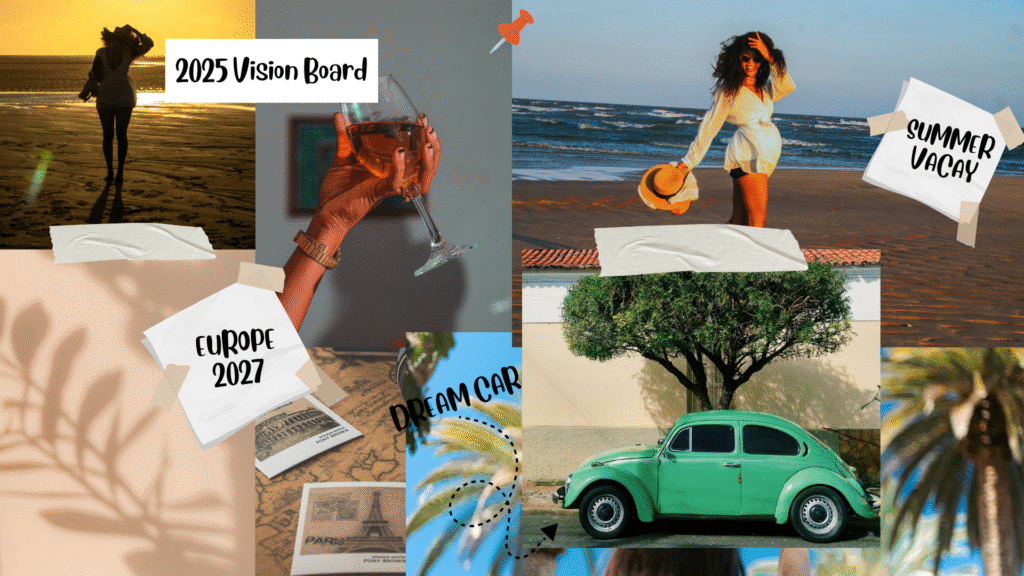
What Psychology Says
As you can see, there is strong scientific evidence supporting vision boards. However, one psychologist makes a very different yet compelling case.
Psychologist and author Amy Morin isn’t sold on vision boards and even believes they may do more harm than good.
In her work, she has seen very little evidence of their success with clients, and she cites two studies that might be the nail in the proverbial coffin.
As part of a 1999 study, a group of University of California students were asked to visualize themselves getting a good grade on an exam.
Another group was asked to visualize themselves studying for the exam. The students who focused on studying outperformed those who only imagined passing.
Similarly, in a 2011 study, researchers found that envisioning a desired future actually reduced the chances of people putting in the effort needed to achieve it.
There are other studies that back this up too — and it makes sense.
A vision board is a visualization tool. When you visualize something, your brain can make you feel as though you already have it.
That sense of “receiving” triggers your relaxation response, which can drain your energy and reduce your motivation.
You’re a lot less likely to study hard for an exam if you already feel like you’ve passed it — just like in the experiment above.
That’s not to say visualization can’t be helpful. Scientists suggest it’s better used when you need to slow down or stop an action.
The author of the 2011 study gave an example: people with anorexia were encouraged to fantasize about their ideal body type to help reduce restrictive eating.
Instead of using a vision board, the psychologist recommends visualizing yourself doing the work it takes to reach your goals — whether that’s exercising, dieting, or studying.
Seeing yourself put in the effort may give you the motivation to roll up your sleeves and actually go after what you want.
What’s the Verdict on Vision Boards
After reading both sides of the argument, I truly believe the answer lies somewhere in between.
Yes, vision boards can help you identify your core values, clarify your goals, and keep you focused on achieving them.
But they probably won’t magically make your dreams come true — at least not on their own. In fact, that belief might even create a false sense of accomplishment that dampens your motivation.
With that said, if you want to turn your fantasy into reality, try using vision boards as a supplementary tool or something that inspires you to take action.
Create your board as a way to clarify your goals. But rather than focusing only on the outcome, picture yourself putting in the effort it’ll take to reach it.
This small shift in perspective, as the psychologist points out, can fuel your motivation and help you build the habits that actually lead to success.
How to Make a Vision Board
Making a vision board is much easier than you think.
The hardest part is deciding what really matters to you. Once you’ve figured that out, it’s basically just arts and crafts. Here’s how to create your own.
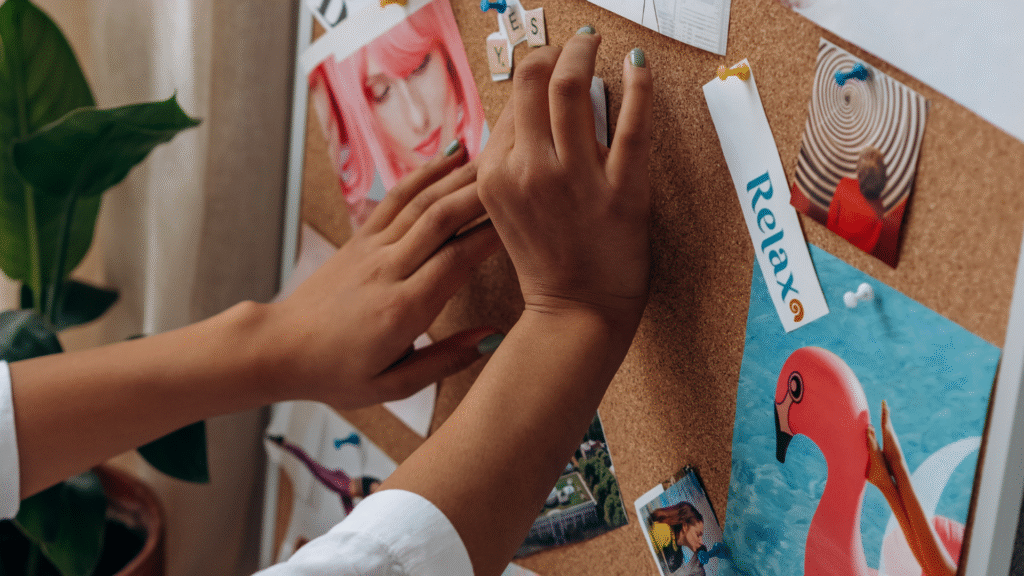
Decide What You Want
The first step is getting clear on what you want. Think about the areas of your life you’d like to change, and be specific about the kind of change you want to see.
You can break this down by days, weeks, seasons, or even years — it’s completely up to you.
Then write it all down — this is your goal-setting stage.
Gather Your Materials
Next, decide on what kind of vision board you’d like to make. Are you going for something physical, like a board, corkboard, or poster? Or no board at all!
Will you cut out images and quotes from magazines, or print them yourself? Or would you prefer a digital version using tools like Canva or Pinterest?
After you’ve settled on a direction, have fun with it. This is your board, so there are no rules.
Use color or whatever inspires you — magazine clippings, printed photos, even bits of fabric or stickers if you’d like.
Put it Together
When you’ve gathered all of your supplies, begin arranging them in a way that feels right.
You can create a collage (the most popular method) or choose a specific layout or theme.
It doesn’t have to be perfect, but if you want your board to feel more cohesive, try sticking to a unifying theme or color palette. Either way, it’s your project — make it yours.
Put it Where You Can See It
This is really important.
To stay motivated and inspired, place your board somewhere visible like on your wall, by the door, in your car, or even as your phone or computer background
Choose a spot where you’ll see it every day to keep your goals front and center.
Seeing Is Believing… But Also, Do the Work
Creating vision boards is a fun way to focus on your desires and set your intentions. But it’s unlikely they’ll bring you success on their own.
Using your board to visualize yourself doing the work to achieve what you want may be the key to making them truly effective.
If you have any questions or comments, please leave them down below or message me through my contact page. Happy visualizing!
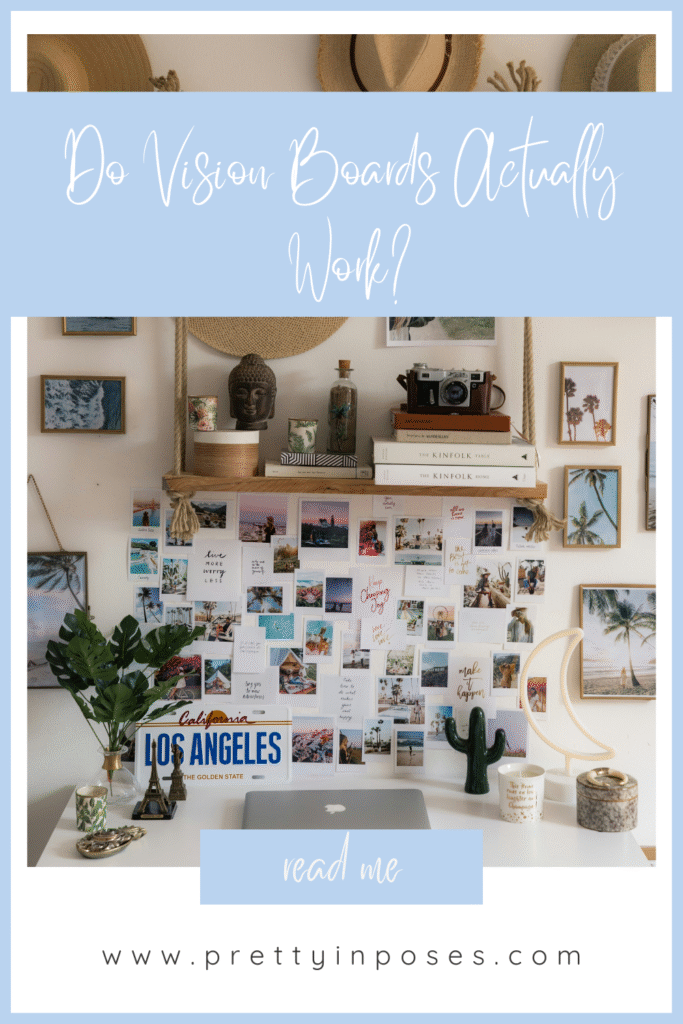
Special Thanks
Photo by Jovan Vasiljević on Unsplash

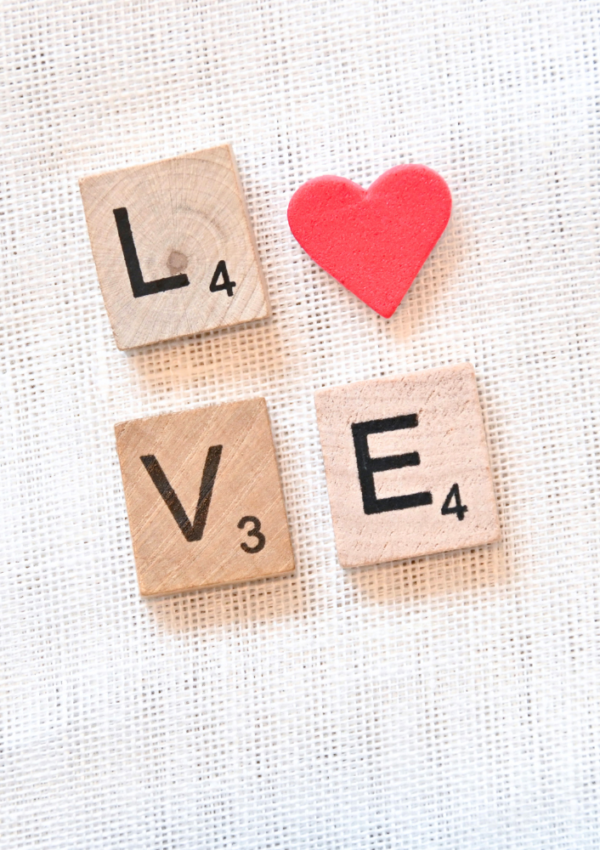


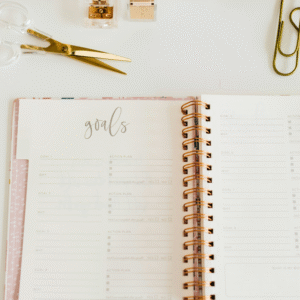

Leave a Reply